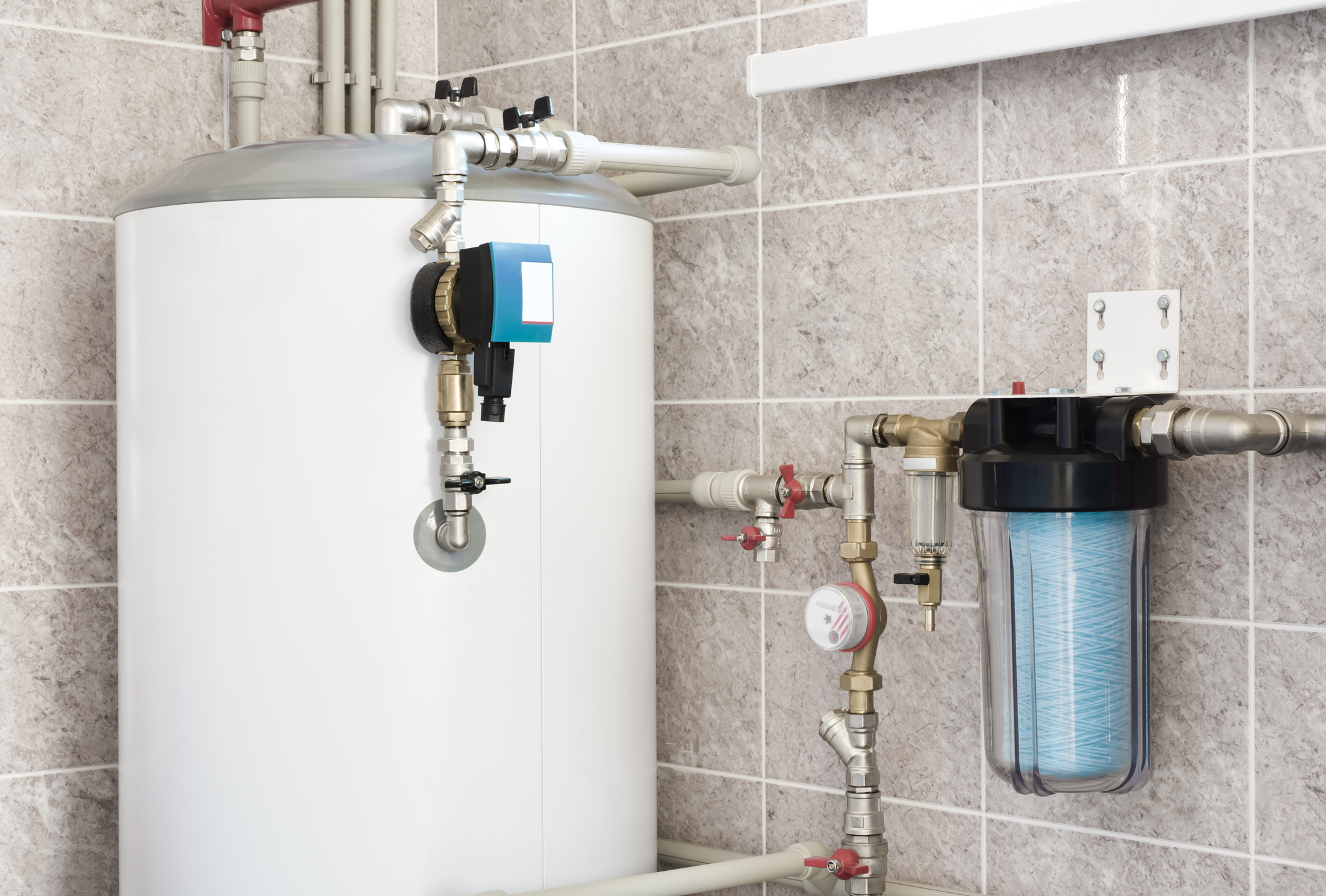Effective Methods to Maintain Your Home's Hot Water System SuccessfullyKey Advice on Maintaining Your Home's Hot Water System
Schedule Service PickupWe've discovered this article pertaining to Tips For Maintaining Your Hot Water Heater directly below on the net and concluded it made perfect sense to quickly share it with you on my blog.

Warm water is essential for day-to-day comfort, whether it's for a refreshing shower or cleaning recipes. To ensure your hot water system runs efficiently and lasts much longer, regular upkeep is crucial. This post offers practical suggestions and insights on just how to keep your home's hot water system to avoid disturbances and pricey repair work.
Intro
Preserving your home's hot water system could appear daunting, yet with a couple of basic actions, you can ensure it operates smoothly for many years to find. This guide covers whatever from comprehending your hot water system to do it yourself maintenance pointers and understanding when to contact expert aid.
Importance of Preserving Your Warm Water System
Regular maintenance not just prolongs the life-span of your warm water system however also guarantees it operates successfully. Ignoring upkeep can bring about reduced effectiveness, higher energy bills, and even premature failure of the system.
Indications Your Warm Water System Needs Upkeep
Knowing when your warm water system needs focus can avoid major issues. Look out for signs such as irregular water temperature, weird sounds from the heating unit, or rusty water.
Flushing the Hot Water Heater
Flushing your water heater gets rid of debris buildup, boosting efficiency and extending its life.
Monitoring and Replacing Anode Rods
Anode rods prevent deterioration inside the storage tank. Evaluating and changing them when broken is crucial.
Facility Concerns Requiring Specialist Help
Examples include major leaks, electric issues, or if your hot water heater is regularly underperforming.
Regular Specialist Maintenance Advantages
Expert maintenance can consist of complete assessments, tune-ups, and guaranteeing compliance with safety requirements.
Evaluating and Changing Temperature Settings
Changing the temperature level setups guarantees optimal efficiency and safety.
DIY Tips for Maintenance
You can execute a number of upkeep jobs yourself to keep your warm water system in top problem.
Looking for Leakages
Routinely evaluate pipes and connections for leaks, as these can lead to water damages and higher costs.
Understanding Your Hot Water System
Before diving into maintenance jobs, it's valuable to comprehend the basic elements of your warm water system. Usually, this consists of the hot water heater itself, pipelines, anode poles, and temperature level controls.
Regular Monthly Maintenance Tasks
Regular month-to-month checks can aid capture small problems before they escalate.
Examining Stress Relief Valves
Evaluating the pressure safety valve ensures it functions appropriately and stops excessive pressure build-up.
Protecting Pipes
Protecting warm water pipelines reduces warmth loss and can conserve energy.
When to Call an Expert
While do it yourself maintenance is helpful, some issues call for specialist know-how.
Verdict
Routine maintenance of your home's hot water system is important for efficiency, durability, and cost financial savings. By complying with these suggestions and understanding when to look for specialist aid, you can make sure a reputable supply of hot water without unanticipated disruptions.
Water Heater Maintenance Tips
Test the TPR Valve
Shut off the power and the cold-water supply valve. Place a bucket under the pipe connected to the temperature-pressure-release (TPR) valve on the top or side of the tank. (This valve opens if the tank pressure gets too high.) Lift the valve’s tab to let some water out, then let go. If water keeps flowing, drain the tank partway, unscrew the old valve with a pipe wrench, and install a new one. Check the Anode Rod
Put a hose to the tank’s drain cock and let out a few gallons of water. Now fit a 1 1/16-inch socket onto the rod’s hex head on top of the heater (or under its top plate) and unscrew the rod. If it’s less than ½ inch thick or coated with calcium, buy a new one, wrap its threads with Teflon tape, put it back in the tank, and tighten securely. Use this segmented rod if headroom above the tank is limited. Drain the Tank and Wash Out Sediment
Drain the remaining water in the tank into the bucket, then stir up the sediment on the tank’s bottom by briefly opening the cold-water supply valve. Drain and repeat until clean water comes out of the hose. Close the drain cock, refill the tank, and turn its power back on. Adjust the Temperature
Find the temperature dial on the side of the tank and unscrew its cover. Adjust the dial to 120 degrees using a flathead screwdriver. For every 10 degrees the temperature is lowered, you can expect to save up to 5 percent in energy costs. Turn the water heater off or the thermostat down to its lowest setting if you plan to be away from home for more than three days. Insulate the Pipes
Buy some self-sticking 3/8-inch-thick foam pipe insulation that matches the pipes’ diameter. Slide the foam over the hot-and cold-water pipes as far as you can reach. Insulating the cold-water pipe prevents condensation in summer. Peel the tape and squeeze the insulation closed. If the pipe is 6 inches or less from the flue, cover it with 1-inch-thick unfaced fiberglass pipe wrap. https://www.thisoldhouse.com/plumbing/21016402/how-to-maintain-a-water-heater

I found that content about Tips on Maintaining a Water Heater while surfing around the web. Kindly set aside a second to share this blog entry if you enjoyed reading it. I cherish reading our article about Tips on Maintaining a Water Heater.
Schedule An Appointment